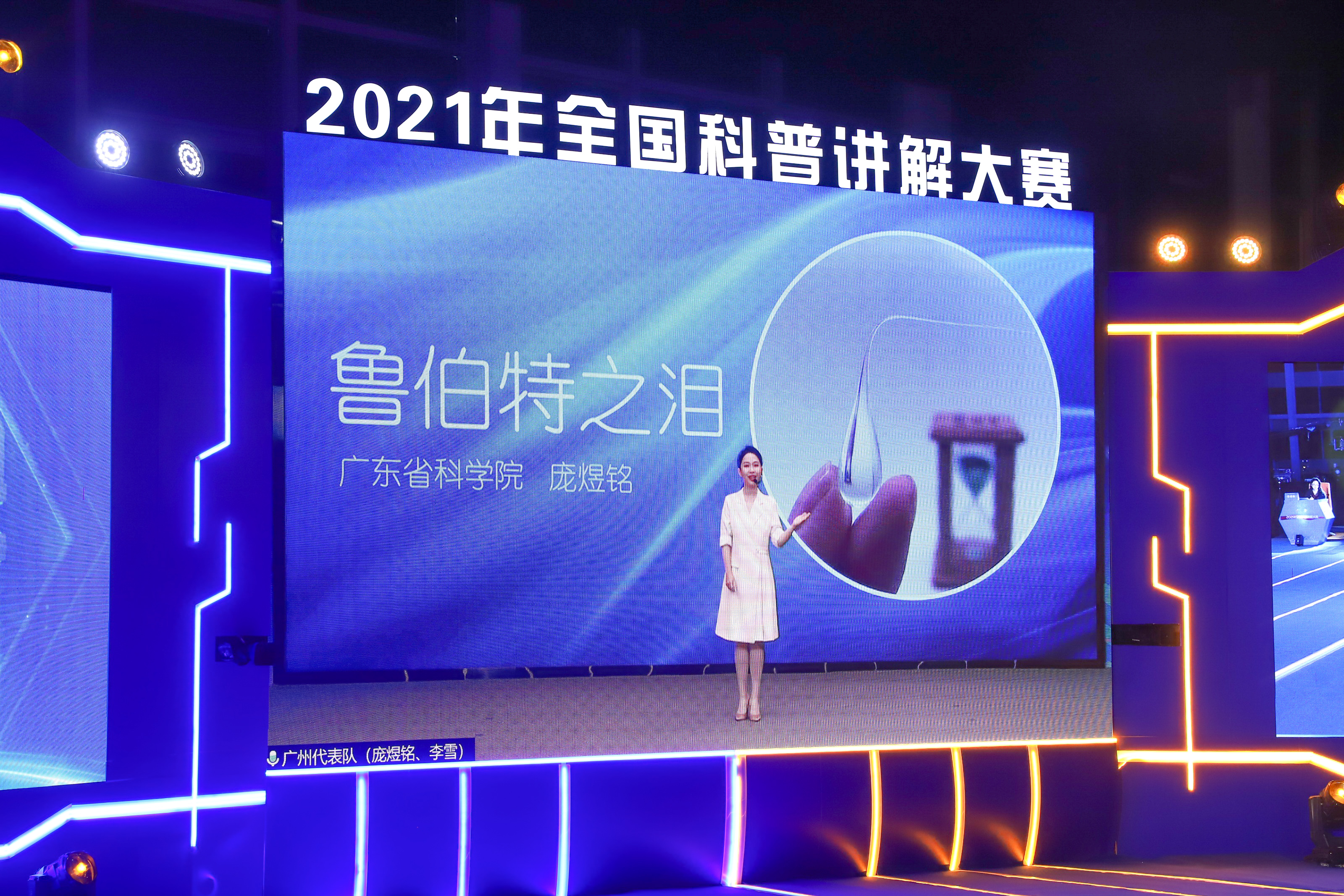Copy "cooling artifacts" for high -yielding heat at energy storage power stations
Author:Lenovo Holdings Time:2022.09.19
Recently, many provinces across the country "hot" on the hot search list. In addition to causing human damage such as thermal irritation, the continuous high temperature drought also limits the hydropower capacity of Sichuan and Chongqing in many places, which leads to tight local power supply and further affect residents' lives and industrial production.
The "butterfly effect" caused by high -temperature weather has made accelerated energy structure transformation and upgrade of power supply upgrades, and also attracted much attention from the energy storage field of renewable energy. Among various new energy storage technologies, electrochemical energy storage has become one of the mainstream paths with the advantages of short construction cycle, good flexibility, and low cost. However, due to the large -scale heat production during the system, the battery performance and life of electrochemical energy storage are easily affected, and it can even cause safety accidents.
Therefore, how to effectively solve the heat management problem of electrochemical energy storage has become the key to promoting the transformation of energy structure and helping the earth's "antipyretic".
Lithium battery energy storage "fear of cold and cold" hidden dangers

Wind power, photovoltaic and other renewable energy are mostly "watching the sky to eat". Its power generation capacity has the characteristics of volatility and intermittentity due to the changes in natural wind and light conditions. Therefore, energy storage demand came into being.
Energy storage technology has stored electricity through the peak power generation period and released during the trough period to keep the power system stable operation. Under the trend of low -carbon transformation, the scale of global energy storage installed capacity has been increasing in recent years, but security issues have also been prominent.
According to statistics from Zhongguancun Energy Storage Industry Technology Alliance, at least 9 energy storage safety accidents occurred in the world in 2021, and three battery -related fire accidents occurred in South Korea in early 2022. The energy storage power stations that occur in the accident are mostly lithium batteries. The main reason is that the internal heat of the lithium battery is out of control and the heat dissipation is not smooth.
Lithium battery is the main force of new energy storage. It has the advantages of high energy density, no memory effect, fast charging and discharge, fast response speed, so it is widely used in new energy power generation and user -side energy storage projects such as wind power photovoltaic power generation. So, why do lithium batteries that integrate many advantages?
This is mainly because lithium batteries are very "delicate".
In the daily operation process, lithium batteries are afraid of cold and heat. To maintain the best performance and life span, the temperature interval needs to be kept at 10 ° C-35 ° C, and the temperature difference between each unit should not exceed 5 ° C. However, in actual work, lithium batteries will release a large amount of heat, resulting in an increase in the temperature of energy storage containers. According to Guohai Securities Research Report, under the experimental conditions of a unilateral natural ventilation, the temperature in the internal system of the energy storage of lithium battery will be more than 100 ° C, and the maximum temperature difference between the monomers will be nearly 20 ° C. In addition, the greater the discharge rate of lithium batteries, the longer the working time, the more heat production.
Therefore, the heat management of lithium batteries through the temperature control system is very necessary for the safety, efficient, and long -term operation of the energy storage system.
Why "watering cold water" for energy storage systems?

The technology of energy storage heat management is more difficult. Depending on the heat dissipation medium, it can be divided into four ways: air -cooled, liquid cooling, heat pipe cooling and phase cooling. Among them, the heat pipe and phase change cooling scheme are still in the laboratory stage, and this article will not be discussed for the time being; the air -cooled and liquid cooling scheme has been put into use.
Specifically, the cold air is based on low temperature air as the cooling medium, and the conversion heat is used to reduce the battery temperature. The air -cooled system is relatively simple and easy to install, and the technical maturity is high. In terms of communication base stations with relatively low power requirements for temperature control equipment, the pre -release advantages, costs and reliability are prominent. Therefore, it is still the current field of energy storage temperature control. The mainstream plan.
However, as the electrochemical energy storage market has gradually entered the fast lane, the newly constructed or put into use energy storage projects are under a large -scale and high -energy density development trend. Therefore, the market has proposed the life, safety and efficiency of the lithium battery energy storage system. higher requirement. Under the new development trend, the liquid cooling system with stronger heat dissipation capabilities has become the focus of the temperature control market.
The liquid cooling is based on water, ethanol, refrigerant and other liquids as the cooling medium, and transfer heat to flow to the current through the drainage slot and heat source. Because liquids are higher than air than heat and thermal conductivity, liquid cooling is more suitable for high -power energy storage systems, data centers, new energy vehicles and other fields. (For details, see "Wisdom Observation | Let the data center cool down, better help" East Digital West Calculation ""))
In terms of specific efficiency, when it is used in the field of energy storage and temperature control, the power consumption of the cooling system can be reduced by more than 30%compared to the air -cooled system, and the system's life span increases by 13%. It can effectively control the risk of battery heat out of control. In addition, although the initial investment cost of the liquid cooling system is high, the comprehensive cost is lower. Therefore, in a high -power energy storage system, liquid cooling is expected to gradually replace the air -cooled energy storage temperature control form.
The liquid cooling market is developing rapidly by "Dongfeng"

Under the guidance of the "dual carbon" goal, policy encouragement and cost decline are promoting the rapid growth of wind power and photovoltaic installations, and supporting energy storage plans have also been introduced to provide guidance and specifications for the energy storage market and all links.
March 21, 2022
The National Development and Reform Commission and the National Energy Administration issued the "New Five -Year Plan" New Energy Storage Development Implementation Plan ", which clearly proposed the development goals of new energy storage: by 2025, the new type of energy storage will enter the large -scale development in the early stage of commercialization. At the stage, there are large -scale commercial application conditions; of which, the performance of electrochemical energy storage technology has further improved, and the system cost is reduced by more than 30%. By 2030, the development of new energy storage is fully market -oriented.
June 29, 2022
The National Energy Administration issued the "Twenty -five Key Requirements (2022 Edition) (2022 Edition) (Draft for Opinions)" to further standardize the development of electrochemical energy storage and power stations. Lithium batteries and sodium sulfur batteries should not be used to use power batteries; when the staircase is used to use power batteries, consistency screening should be performed and the traceability data should be carried out for security assessment. " Policies support the development of energy storage markets and attach importance to the safety of electrochemical energy storage. my country's energy storage industry is in an important period of transformation from the beginning of commercialization to the development of large -scale development, and the demand for cost reduction and efficiency is strong. Under the superposition of multiple factors, safety management links such as energy storage temperature control are expected to achieve accelerated development. As of now, some of the leading enterprises in the field of energy storage have cut into the temperature control track through the launch of liquid cooling products to promote the popularization and optimization of the liquid cooling plan.
Among them, the Ningde Times invested by Junlian Capital in 2020 launched Enerone, an outdoor liquid cold electrical cabinet, which has the characteristics of long life, high integration and high safety. Enerone uses a 280AH iron phosphate battery cell with a discharge rate of 1C and a cycle life of 10,000 times. In addition, its integrated inverter cooler system can control the temperature difference between the battery cluster within 3 ° C to effectively improve the service life.
Thanks to the IP66 protection level of the main components, Enerone can adapt to the ambient temperature of minus 30 degrees Celsius to 55 degrees Celsius, flexibly meet the demand for outdoor applications. As of the end of 2021, ENERONE in Ningde Times has been sold to more than 25 countries around the world, with cumulative shipments exceeding 11gWh.
At present, Ningde Times Energy Storage System Products have fully covered the power generation side, power grid side, and power consumption side, covering solar or wind energy power storage, industrial enterprise energy storage, commercial buildings and data center energy storage storage, energy storage and charging stations, communications, communications, and communications Battery, household energy storage, etc. base station.
As companies have successively deployed the cold temperature control market of energy storage liquids, this subdivision with high technical barriers and strong customer stickiness is expected to take the rapid development of Dongfeng in the market. According to CICC's calculations, the total size of the two mainstream electrochemical energy storage thermal management markets in 2025 is expected to reach 18.5 billion yuan, and the CAGR of 2021-2025 is 77%. Among them, the size of the liquid cold market is about 14.4 billion yuan, the CAGR of 2021-2025 is 98%, and the market penetration rate will be increased from 20%in 2021 to 55%in 2025.
In the future, the gradually popularized liquid cooling technology will deduct the "seat belt" for the energy storage market, help the energy storage system safe, efficient and stable operation, so as to provide an efficient "energy -saving and emission reduction, renewable energy promotion and application for the energy industry Catalyst "accelerate the transformation of energy structure and enjoy the green" scenery ".
- END -
The National Popular Science Explanation Contest was held in Guangzhou, and the "cloud" decided "Top Ten Popular Employers in the country"

How strong is the electromagnetic ejection of the aircraft carrier? How does quant...
Take you in one minute to understand the server network card

Today, I will talk to you about the server's network card. What is a network ca...